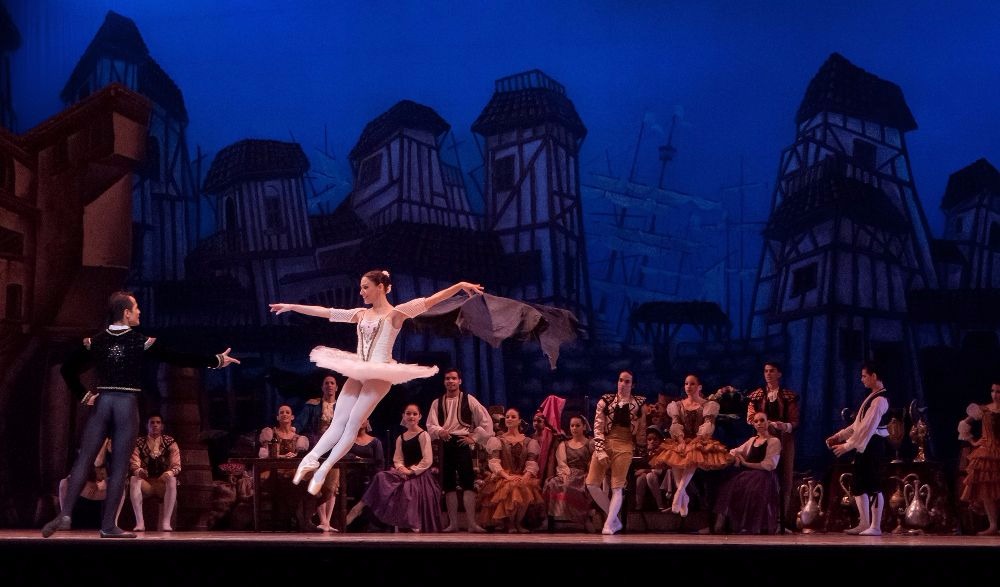How To Deliver A Presentation That Wows – Forget About It!
 Contributed by
Victoria Mintey
September 22, 2017
Contributed by
Victoria Mintey
September 22, 2017

Preparing to present? Forget the whole thing! Learn it first, of course, then forget it.
Laptops, projectors, PowerPoint, Evernote, flash cards, scripts – myriad ways we help ourselves remember exactly what to say when we are presenting.
What if I told you the key to a presentation that hits the mark is not in the remembering but in the “forgetting”?
If we let go of the worry about being word perfect we can discover the story as we share it. This makes for a more natural delivery and more engaging experience for the audience.
What’s in it for us, the speakers? Finding this presence and flow is much less draining on our
energy. We feel as if we are having a conversation rather than buckling under the weight of
expectation to “Present!” We have room to be more responsive and expressive in order to really make an impact on this particular audience, whatever mood they happen to be in on this particular day.
If we only focus on getting the words right we lose all of this flexibility and gravitas.
This theory around forgetting and discovering is based on how an actor prepares for a theatre role.
Let’s take you behind the scenes.
One question that every actor, ever, has been asked… “how do you remember all those lines?”
Each actor has a different method so you probably won’t uncover any magic pill for memorising in asking this question. However, this oft-repeated query got me thinking and raises an important point of distinction.
A good actor is more than just a memorising master. I good actor will know the difference between simply remembering lines and saying them at the right time versus creating a living, breathing, expressive character in which the audience can believe.
Once the script is committed to memory the rehearsal process gets fully underway. We put the script down and begin to play with all of the different ways in which we can deliver the lines. We must place ourselves in the shoes of that person, look into the eyes of the other characters and try out different tone, energy and intention with the same words.
For example – “You cannot be serious!?” – am I incandescent with rage or am I mildly
inconvenienced? Once it comes time to perform we must live in the world of the character and our responses to what happens in the play, although scripted, should feel spontaneous. If we want a character to seem real then their reactions should not feel pre-planned.
We forget that we know what we are going to say next and try to respond moment to
moment as we all do in real life conversations. In short, good acting and presenting,
it is the difference between regurgitation and rediscovery. Recitation versus real reaction.
Follow these steps to take the discovery approach to your presentations.
1. Learning
This happens right at the beginning, commit the main points to memory. Don’t worry about word-by-word, but the bones of it should be in your head.
2. Playing
Put the script to one side and experiment with the variety in tone and energy you could use as you work through the presentation.
3. Forgetting
To allow yourself to be present in your presenting (rather than half of your mind being distracted by the script) you must trust that you know what to say. Acknowledge the preparation you have put in and then forget it, leave it at the door. This gives you headspace to be flexible to the needs of your audience as you find them.
4. Discovering
As your presentation is brought into the world – for the first or 50th time – with “forgetting” achieved you can discover the story as you share it.
An actor makes a character real by saying the lines as if for the first time. It may be a well-rehearsed piece for you, the speaker, but this freshness of delivery ensures that your presentation is alive for your audience. It is urgent, immediate, compelling and flows naturally.
Learn to forget. Discover to engage. And always – play.
Best wishes,
Victoria Mintey
—
We are the leaders, activists, innovators, and visionaries – whether in the public eye or behind the scenes – who are revolutionising the way people think and live. We are #ConnectedWomen.










Sorry, the comment form is closed at this time.